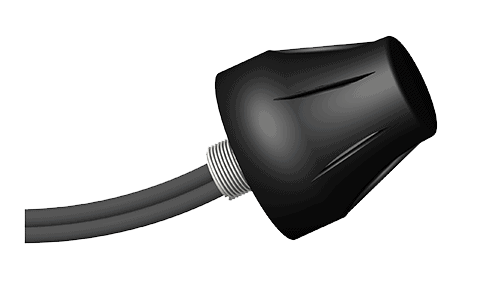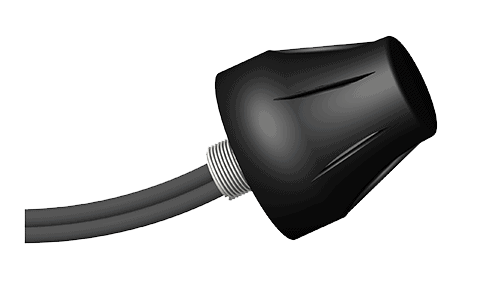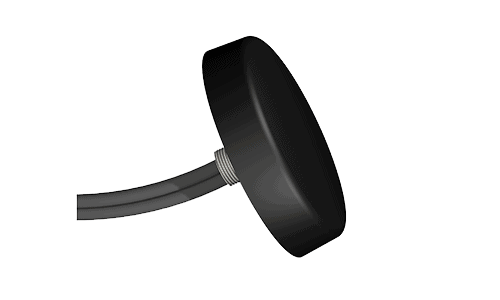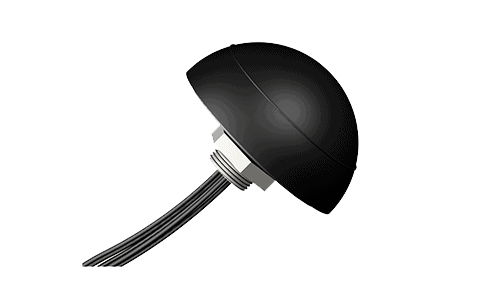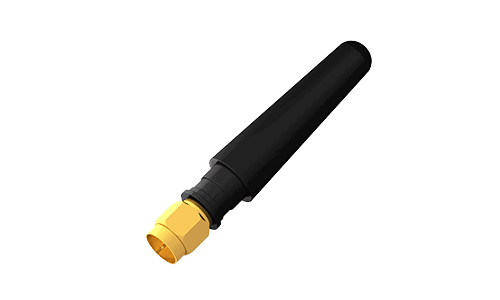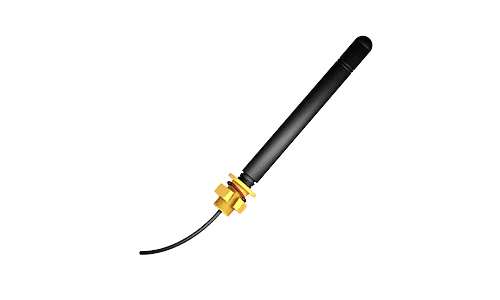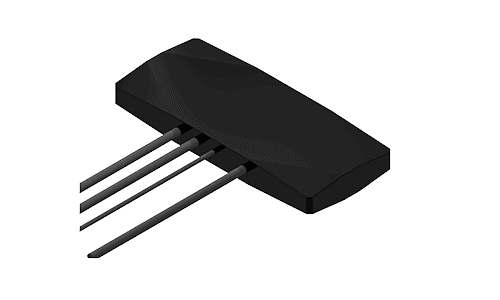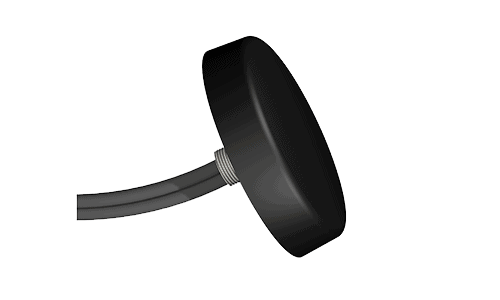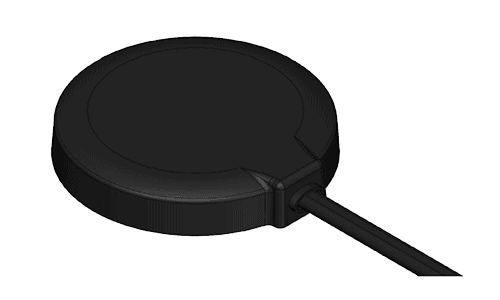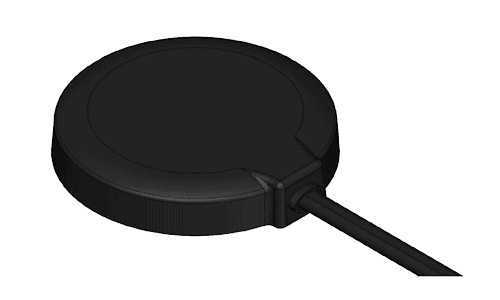Suntsu Outdoor Antennas offer GPS, WiFi and Mobile communications serving the Smart grid, IOT, Enterprise, Automotive, Telecommunications and Consumer Wireless Industries. We offer a wide range of Frequency bands, including but not limited to, GPS(1575.42MHz), WiFi/Bluetooth band (2400-2500MHz), and 3G/GSM/LTE full band (824-960MHz, 1710-2170MHz, 2300-2400MHz & 2490-2690MHz). Pick out a standard part number from the data sheets listed below or contact us to request any custom parameters or physical modifications that you may desire and we will design to your specific needs.
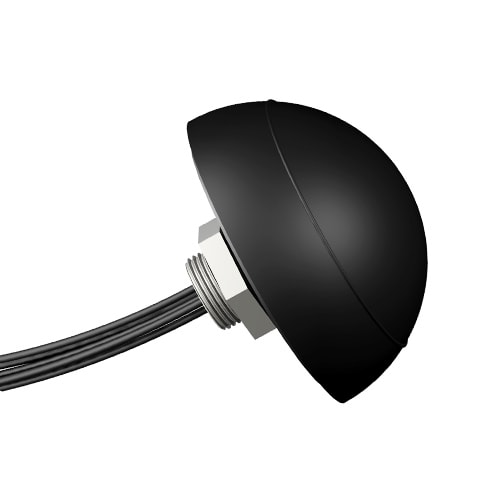
Outdoor Antennas
What is an Outdoor Antenna?
An outdoor antenna has sufficient weatherproofing (IP graded) to allow you to install it outside, where it stands up to wind, rain, dust, sunlight, and fluctuating temperatures. Outdoor antennas cover more applications than receiving various signals. You get an outdoor antenna you can mount on buildings, boats, cars, inside mines, and any other outdoor application.
Common Outdoor Applications
You expect to be able to exchange information and work on your mobile devices while you are inside or outside. Outdoor antennas create communication pathways in outdoor spaces. Modern buildings act as Faraday cages, and an outside antenna can be necessary to provide connectivity inside the building.
Outdoor antennas provide:
- Boosting cell phone signals for LTE and 5G- small cell, femto cell, outdoor gateway.
- Wireless security – see who is at your door, record images, and send alerts.
- Information screens – interactive maps, travel timetables.
- Kiosk infrastructure – ticket checking and processing payments.
- Network backup – transmitting a snapshot of the system to offsite storage.
- Remote network access from a car or boat.
- Telemetry from remote locations for conservation or monitoring.
- Create outdoor access to the internet or private networks.
- Navigation and tracking applications plus crisis communication in remote areas.
- Boosting signals for watching TV, listening to the radio, or using WiFI.
- Machine to machine communication.
Benefits of Outdoor Antenna
Cellular signal boosters in the form of an LTE outdoor antenna working in combination with an indoor antenna provide these key benefits:
- Improved battery life on your phone.
- Better data transfer.
- Improved home security – with reliable alerts.
- Removing dead spots in connectivity.
- Boosting your mobile phone access in remote rural areas.
You can get a cellular booster for your home and vehicle.
An outdoor WiFi extender gives you the option of working or browsing in the garden. Some businesses use outdoor WiFi antennas to offer enhanced services to their customers – WiFi access in a holiday lodge or a restaurant roof garden.
Other advantages of outdoor antenna include:
- Providing services outside in parks, city streets, and other outdoor places.
- Using connected devices in challenging conditions like mines or wet rooms.
- Providing public safety and security announcements in outdoor spaces.
- Providing communications from shore to marine vehicles.
- Navigation with external GPS antennas.
- Fewer obstructions mean a more reliable signal as outdoor antenna mounted on an outdoor antenna pole pot the antenna above most low-level obstructions.
Where to Mount Your Outdoor Antenna
Buildings, walls, and trees act as obstacles to the smooth transmission and reception of radio waves. The best location for an outdoor antenna is a position that gives it a clear line of sight with few obstructions:
- High on a building wall.
- Top of an outdoor antenna pole.
- On the roof of a building or vehicle.
- On the ceiling of a mine.
- On appropriate garden structures like pergolas.
Best Practices: Installing an Outdoor Antenna
The points to bear in mind are:
- Clear sightlines give your antenna the best environment to transmit and receive data.
- Avoid potential detuning hazards like metal objects or trees.
- Look for secure fixing points.
- Aim to fix at a higher location and avoid ground level.
- Match the antenna to the feeder system.
- Avoid power lines.
Although outdoor antennas are waterproof, avoid, if possible, placing them in locations where they are in high winds or constant dripping water. Before you buy an outdoor antenna, make sure you know what level of weatherproofing is appropriate to the chosen location. Plus, check your frequency application as you must use an antenna that doesn’t interfere with sensitive communications. A 2.4GHz outdoor antenna does not require a license because it meets the regulations for wireless applications.
Frequently Asked Questions
Omnidirectional vs Directional Outdoor Antennas
An antenna transmits data by converting electric current into electromagnetic waves radiated from the antenna. The antenna's design will result in either directional radiation where all the signal concentrates in one direction or omnidirectional. The signal radiates out in a 360-degree range in the horizontal plane – not so much a sphere as a doughnut. Omnidirectional outdoor antenna is straightforward to install, you don't need to worry about orientation, and it offers ease of access to many devices in different areas. A directional outdoor antenna can send the radio waves further in a directed beam, but you need to aim it in the right direction. If you want to communicate between two fixed points, then a directional antenna is ideal.
Where and When is it Best to use an Outdoor Antenna?
An outdoor antenna is best when you need to locate an antenna where it endures weather or challenging conditions. An outdoor antenna is a better option than an indoor antenna inside buildings or structures with a high humidity level or exposure to water in a mine or cave. The outdoor antenna is the best practical solution to providing WiFi and LTE across many floors in a building or extending the company network from one building to another with a clear line of sight. It is the only solution to outdoor services because indoor antennas cannot stand up to outdoor conditions. A small outdoor antenna network provides easy access to WiFi and LTE for information points or general business use in an outdoor space like a garden center, farm, or zoo.
How Can You Boost Your Outdoor Antenna Signal?
Before investing in an amplifier booster for your outdoor antenna, check the basics:
- Is the antenna tuned to the correct frequency?
- Is anything interfering with the signal?
- Is the antenna properly connected?
After you eliminate basic placement and installing issues, you can improve the outdoor antenna signal with a combination of amplifier boosters and filters. Plus, ensure that you use a connecting cable with shielding to prevent electrical interference.
Difference Between Indoor and Outdoor Antennas
An indoor antenna is not weatherproof, which is the significant difference between an indoor and outdoor antenna. The way antennas work remains the same. Deploying an outdoor antenna gives the option to use a larger antenna as you have fewer size restrictions and larger antennas give you a better signal range. Plus, a clear line of sight with a long-range outdoor antenna lets you communicate and transfer data over a greater distance.
